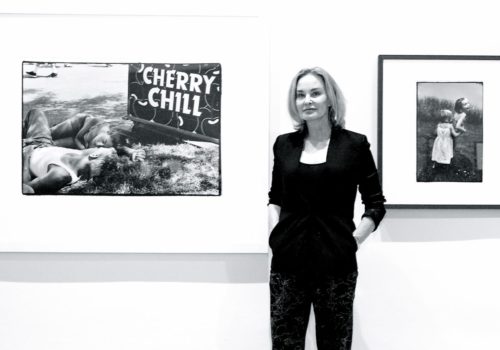Jessica Lange is a true Hollywood legend and one of the greatest actresses of our time. She has won two Oscars, three Emmys, five Golden Globes and multiple other awards. Perhaps many people are unaware of the fact that she is also a very accomplished and talented photographer, winner of the prestigious Lucie Award in 2012. I spoke to the artist in Barcelona, shortly before the opening of her exhibition “Unseen,” and the presentation of the accompanying and eponymous book of photographs Unseen.
What are these pictures?, I ask.
Oh, things that I see, she replies.
“I find photography a most mysterious process – capturing that moment in time and space, elusive and fleeting, and crystallising it.” – Jessica Lange
















